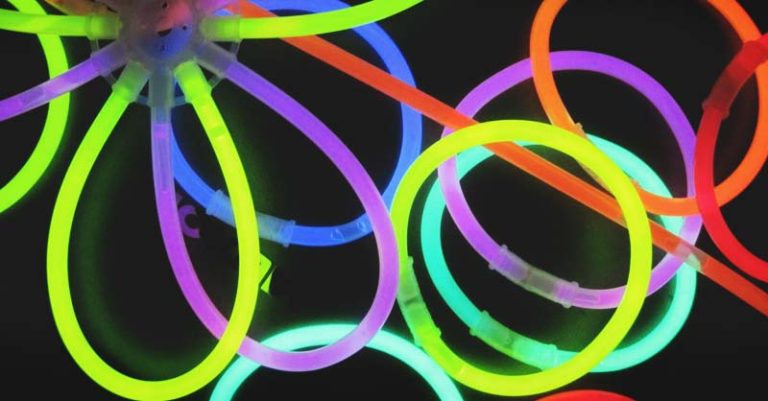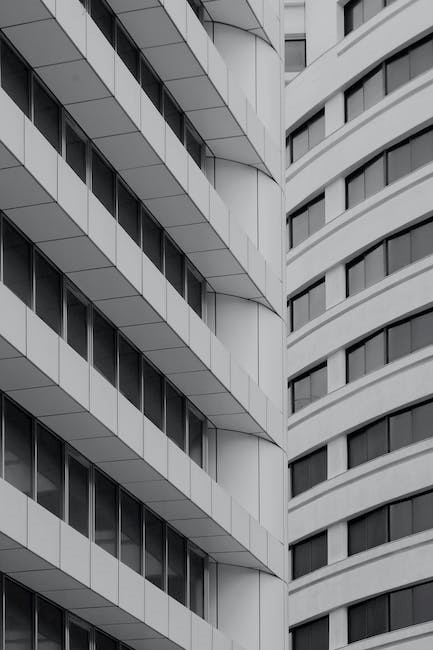Proactive Maintenance: A Key To Successful Property Management
Taking care of properties is a lot of different tasks that need careful attention to detail and planning ahead. Among the myriad responsibilities that property managers shoulder, maintenance stands out as a critical aspect that can profoundly impact the success and profitability of real estate investments.
Proactive maintenance involves a strategic approach to property upkeep aimed at preventing issues before they escalate into costly problems. Unlike reactive maintenance, which addresses issues only after they arise, proactive maintenance focuses on identifying potential issues early on and taking preemptive action to mitigate them. By adopting this proactive stance, property managers can minimize downtime, reduce repair expenses, and enhance the overall satisfaction of tenants or residents.
The Benefits Of Proactive Maintenance:
Cost Savings: One of the most significant advantages of proactive maintenance is its potential to save costs in the long run. Property managers can avoid costly fixes or replacements in the future by finding and fixing small problems as soon as they appear. For example, regular inspections and servicing of HVAC systems can prevent breakdowns and extend the lifespan of equipment, ultimately saving property owners significant sums of money.
Enhanced Property Value: Well-maintained properties are inherently more attractive to tenants, buyers, and investors. Proactive maintenance not only preserves the aesthetics and functionality of a property but also safeguards its long-term value. A property that is consistently kept in good condition commands higher rents, attracts quality tenants, and maintains its resale value, thereby maximizing returns for property owners.
Improved Tenant Satisfaction: Tenants can enjoy a better place to live or work if repair work is done on time. Proactive maintenance shows that you care about your tenants’ comfort and well-being, whether it’s fixing a broken gadget, fixing a leaky faucet, or taking care of landscaping. Tenants who are happy with their apartments are more likely to repeat their leases, tell others about the property, and do what they’re supposed to do as residents. This makes the landlord-tenant relationship better.
Minimized Disruptions: Unforeseen maintenance issues can disrupt daily operations, inconvenience tenants, and tarnish the reputation of a property management company. Proactive maintenance helps minimize such disruptions by identifying and resolving issues during scheduled maintenance windows or before they escalate into emergencies. This proactive approach ensures smooth operations, preserves tenant satisfaction, and upholds the reputation of the property management team. GoodDoors, a leading property management platform, offers innovative solutions to streamline proactive maintenance efforts and enhance the overall management experience for landlords and tenants alike.
Implementing A Proactive Maintenance Strategy:
Achieving success with proactive maintenance requires a systematic approach and the utilization of various tools and techniques. Here are some key steps to consider:
Conduct Regular Inspections: Regular property inspections serve as the foundation of proactive maintenance. Property managers should schedule routine inspections of both interior and exterior areas to identify potential issues such as leaks, wear and tear, safety hazards, and compliance violations. These inspections can be conducted by in-house maintenance staff or outsourced to qualified professionals.
Develop A Maintenance Schedule: Based on inspection findings and manufacturer recommendations, property managers should develop a comprehensive maintenance schedule outlining tasks to be performed at regular intervals. This schedule should encompass routine tasks such as HVAC servicing, plumbing checks, electrical inspections, pest control, and seasonal maintenance activities like gutter cleaning and landscaping.
Leverage Technology: In the digital age, Lloydminster property management software and technology solutions play a crucial role in streamlining maintenance operations. From maintenance tracking systems and work order management platforms to IoT-enabled sensors and predictive analytics, technology can enhance the efficiency, transparency, and accountability of proactive maintenance efforts.
Prioritize Preventive Measures: In addition to addressing immediate maintenance needs, property managers should prioritize preventive measures aimed at averting future issues. This may include installing surge protectors to safeguard electrical equipment, applying weatherproofing treatments to exterior surfaces, or implementing routine pest control measures to prevent infestations.
Train Maintenance Staff: Property management teams should invest in ongoing training and development for maintenance personnel to ensure they have the skills and knowledge required to perform their duties effectively. Training programs may cover topics such as equipment maintenance, safety protocols, customer service skills, and emerging trends in property management. By partnering with GoodDoors Saskatoon, property managers can leverage cutting-edge technology and industry best practices to implement a proactive maintenance strategy that maximizes property value and tenant satisfaction.
Conclusion:
Proactive maintenance is not just a reactive measure; it’s a proactive investment in the long-term success and profitability of properties under management. By identifying potential issues early, implementing preventive measures, and leveraging technology and best practices, property managers can enhance property value, minimize costs, and deliver exceptional experiences for tenants and owners alike. Embracing a proactive maintenance mindset is essential for staying ahead in the dynamic world of property management.





